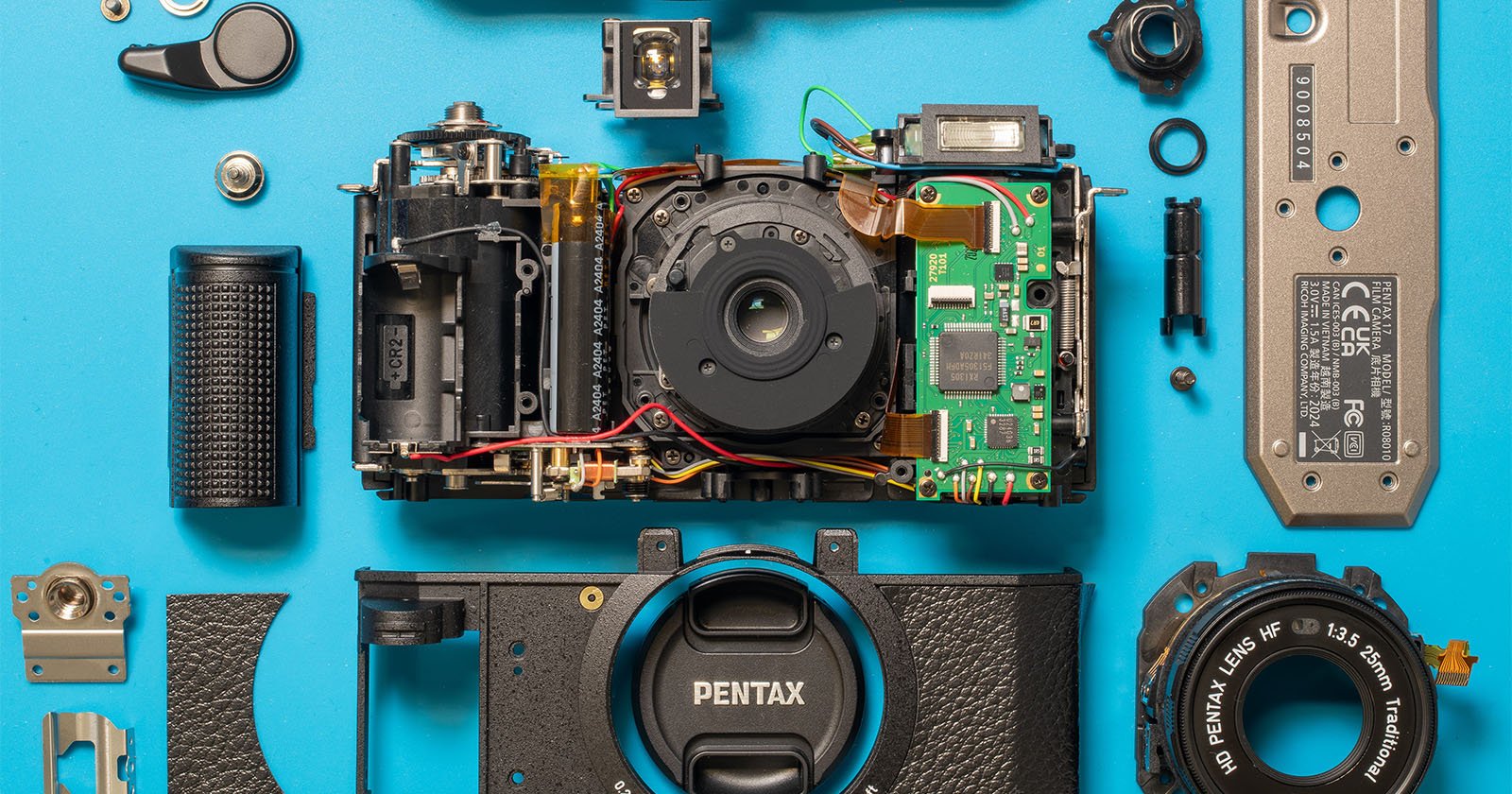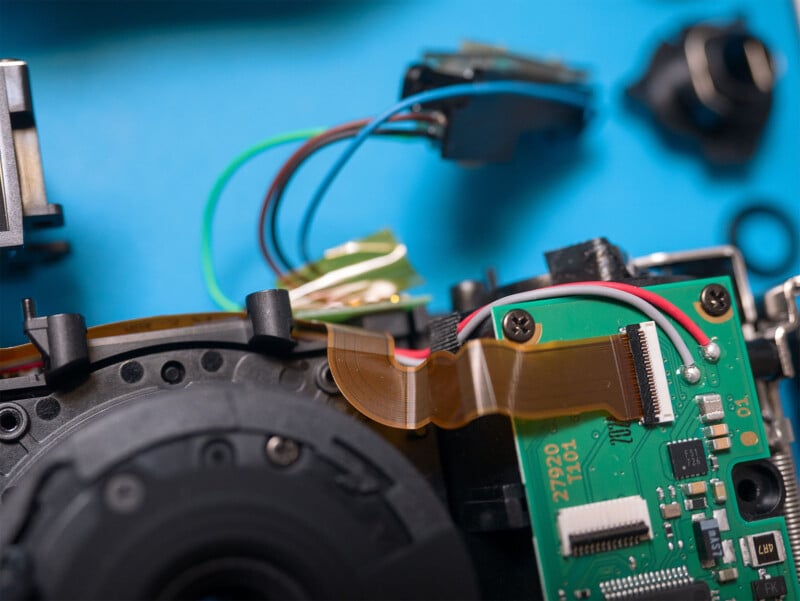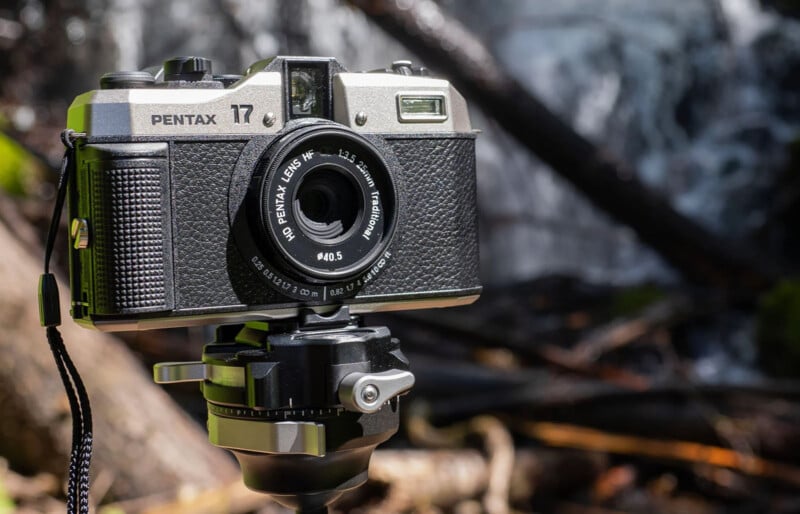
Analog photographer, self-taught camera repairman, and engineer Evan Dorsky purchased the new Pentax 17 half-frame film camera, and, like any enthusiastic repairman, he took it apart to see what makes it tick.
“It’s 2024, and Ricoh Pentax just released a new film camera, their first in decades,” Dorsky writes on his Substack, Lucky Box. The photographer has a long history with Pentax, having shot with the brand since he first got into film. They were also the first cameras he took apart, making his latest Pentax 17 adventure a nice full-circle moment.
He preordered the camera as fast as he could and shot through a roll with it as soon as it arrived. Then, it was time to take it apart and see what was inside.
“Would the Pentax 17 resemble a modern consumer electronics device, or the manual mechanical cameras from the ‘80s that inspired it?” Dorsky asks. He also felt that given how much care and attention Pentax has given the project, including bringing people out of retirement to help work on the project, that the camera deserved a celebration of its design, both inside and out.
“So I made a YouTube video,” Dorsky says.
His teardown is very detailed, so he has broken it down into chapters, which are available on YouTube.
Dorsky says that taking the Pentax 17 apart was “like an 80s era mechanical camera, only easier,” citing the camera’s use of standard cross-drive screws. He only needed one specialized tool, a lens opener, to remove a single retaining ring on the camera’s top plate. Otherwise, it came apart without fuss.

On the inside, it’s a mix of old and new. Modern elements include zero insertion force (ZIF) electrical connectors, a 32-bit microcontroller, and a motorized lens assembly. But there are also old-school components, including a manual film advance, potentiometers for dials, and free-soldered wires.
“As I see it, Pentax managed to incorporate the benefits of modernized electronics technology (ZIF connectors for repairability, digital electronics for a simpler design and lower BOM cost) while avoiding the pitfalls (excessive miniaturization at the expense of repairability, proprietary screws, cheap plastic parts),” Dorsky explains, adding that Pentax kept “the best of the ’80s designs,” including metal gears and nonproprietary screws. Pentax also avoided some of the annoying things from the olden days, like springs that pop out as soon as someone removes a retaining plate.
“Basically, when it comes to old and new, the Pentax 17 is the best of both worlds!” Dorsky exclaims.
He also says the Pentax 17 is built to last, but easy to repair. Speaking of repairs, Dorsky is currently working on a Pentax 17 repair document. While that webpage is empty for now, information will appear there when it’s available.

“It’s an exciting time to be a film photographer!” Dorsky concludes. “I’m impressed that the current analog revival is large and sustained enough to convince an established camera manufacturer like Pentax (Ricoh) to invest so heavily in film.”
Image credits: Evan Dorsky




